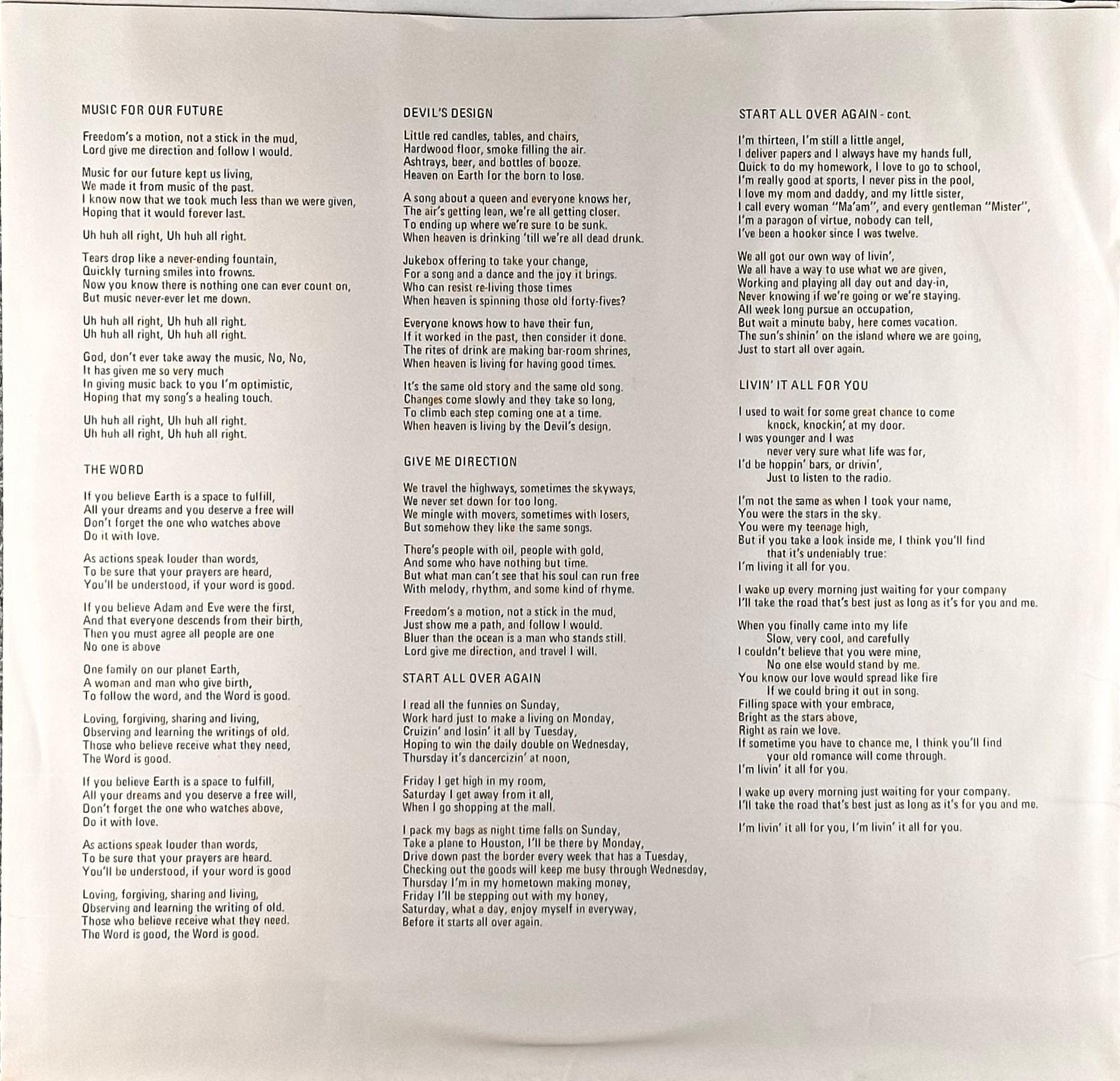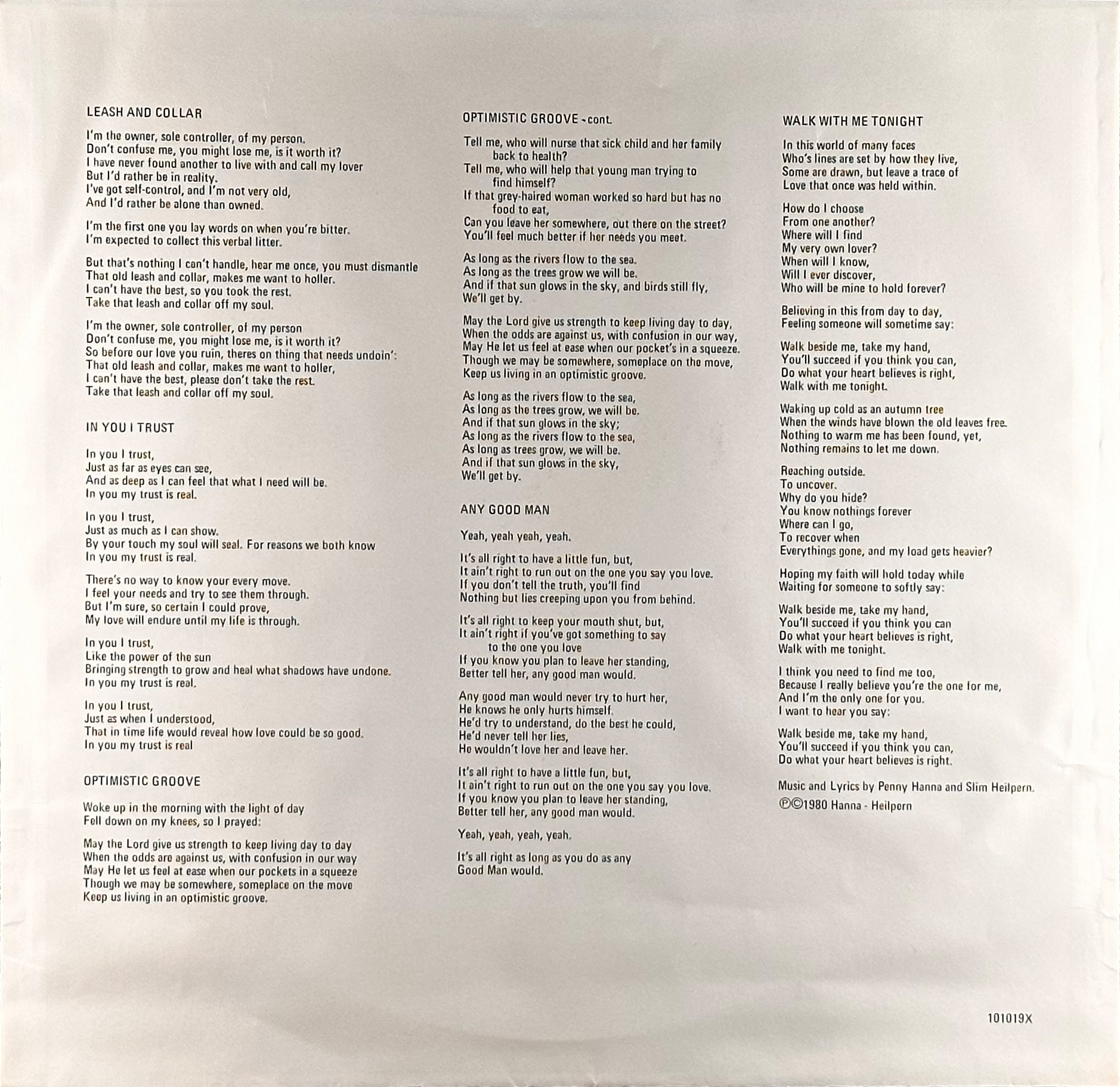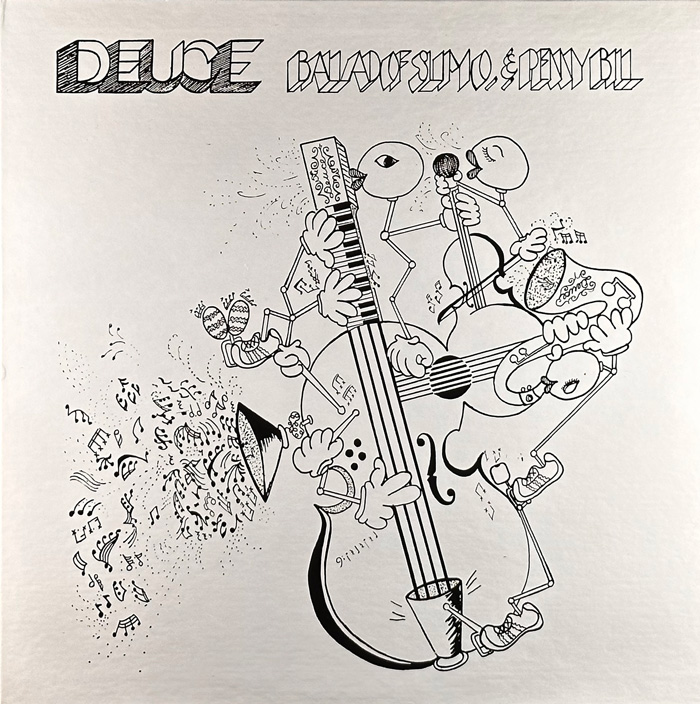Deuce LP Remastered: The Ballad of Slim O. & Penny Bill (1980)
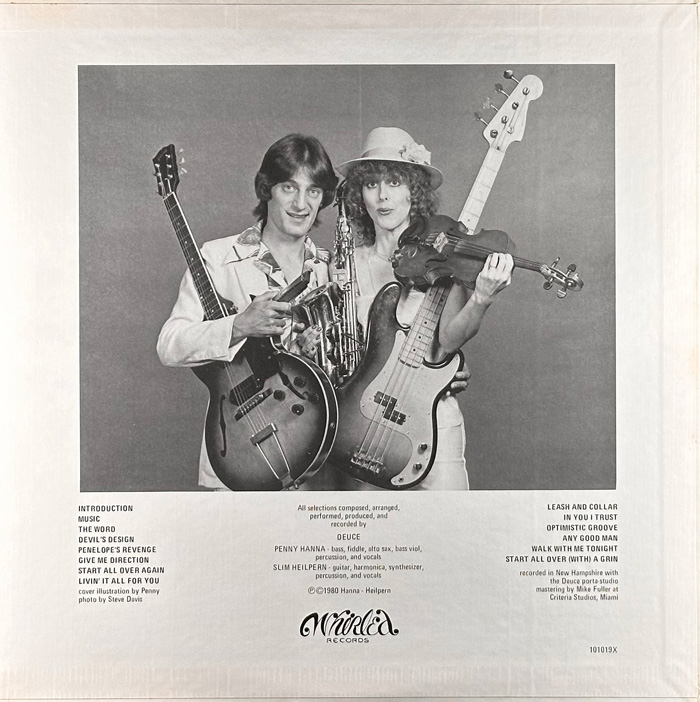
Why now?
Utopia Unearthed is a small record company whose focus is discovering private press (independently produced) records that never received much in the way of public exposure.
They contacted us recently regarding our long association with World Beat artist Dan Del Santo, who back in the 80's recorded several albums in our Marble Falls, Texas project studio.
In addition to grilling us with respect to the Del Santo sessions, after perusing our website, they actually tracked down a copy of our own 1980 LP "The Ballad of Slim O. & Penny Bill" and, much to our surprise, they loved it! We're sure that anyone who's been making music with little notoriety for as long as we have would be equally surprised at this sudden interest.
Our new friend Val from Utopia Unearthed talked us into remastering the album for digital release and now it's available on all the popular streaming services.
Note: While the original artist name for the LP was "Deuce", the streaming distributor wouldn't allow that name, apparently already taken by too many acts. Therefore, we decided that the artist name for the digital release should be "Slim O. & Penny Bill", taken from the album title.
They contacted us recently regarding our long association with World Beat artist Dan Del Santo, who back in the 80's recorded several albums in our Marble Falls, Texas project studio.
In addition to grilling us with respect to the Del Santo sessions, after perusing our website, they actually tracked down a copy of our own 1980 LP "The Ballad of Slim O. & Penny Bill" and, much to our surprise, they loved it! We're sure that anyone who's been making music with little notoriety for as long as we have would be equally surprised at this sudden interest.
Our new friend Val from Utopia Unearthed talked us into remastering the album for digital release and now it's available on all the popular streaming services.
Note: While the original artist name for the LP was "Deuce", the streaming distributor wouldn't allow that name, apparently already taken by too many acts. Therefore, we decided that the artist name for the digital release should be "Slim O. & Penny Bill", taken from the album title.

×


The album is on all the major streaming platforms, including the following (selecting one of the below links will take you directly to the album)
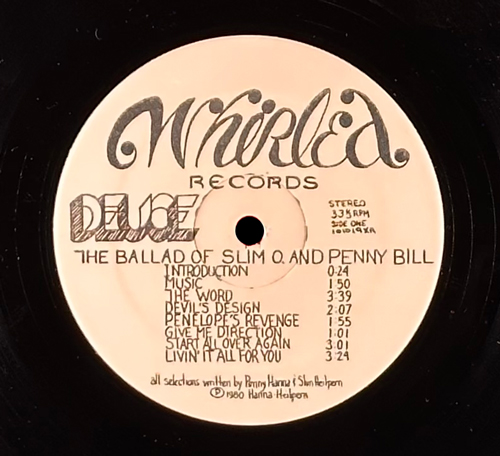
A little history...
It was November of 1980, Jimmy Carter's final year in the presidency, and we'd had our duo "Deuce" on the road since the breakup of our Country and Western Swing band a couple years back. For us, the road meant hotel and resort gigs, usually lasting a month or more in each location, playing a very wide variety of popular music. It paid the bills and allowed us to start accumulating recording equipment, albeit the semi-pro kind. Our goal was to be able to make our own recordings on a budget.
We scheduled a one month vacation from the lounge circuit to record a bunch of tunes we'd been writing and booked a small Chalet at Mittersill Alpine Resort in Franconia, New Hampshire. With our van and trailer loaded with all our band and recording equipment, we made the trip to New Hampshire, moved in, and transformed the place into a small, bare bones recording studio. That's where we recorded the tunes for our first and only vinyl LP which we called "The Ballad of Slim O. & Penny Bill".
There was little that was commercial about this record, indeed we were in an exploratory period, creating our own grooves using the tools we had on hand to work with. Looking back at it now, this was a huge learning experience for us both and the fact that there are folks out there who are newly enthusiastic about this recording is heart warming.
These days the tools available to us and our fellow musicians have revolutionized the art of recording and we've used some of them to remaster this album, improving the overall sound and quality. We hope you enjoy it!
There was little that was commercial about this record, indeed we were in an exploratory period, creating our own grooves using the tools we had on hand to work with. Looking back at it now, this was a huge learning experience for us both and the fact that there are folks out there who are newly enthusiastic about this recording is heart warming.
These days the tools available to us and our fellow musicians have revolutionized the art of recording and we've used some of them to remaster this album, improving the overall sound and quality. We hope you enjoy it!
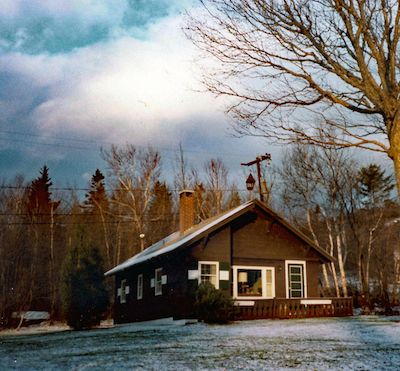
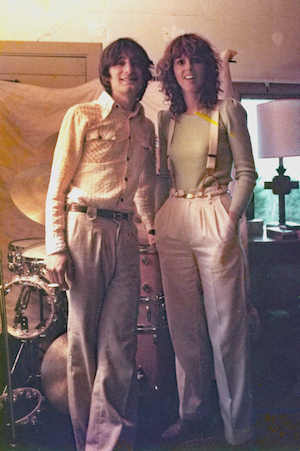
×


Our "Big Pink"
×


Technical Notes
Back in 1980, while we loved the professional studios we'd had the pleasure of occasionally getting to record in, they were expensive and we'd be racing against the clock to lay down tracks and mix without blowing our budget, often with disappointing results. Not being able to afford studio time just to learn the ropes, we decided that a different approach was necessary. Whatever profit we were making on the road (and it wasn't much) went into semi-pro studio gear and by the fall of 1980 we had two Teac A3340S four track reel-to-reel machines, 8 channels of DBX II noise reduction, a 12 channel Peavey mixing board (meant for live use), a few inexpensive microphones, stereo speakers and headphones, and a pro-level de-esser. For instruments we had a Roland Paraphonic 505 synth, basses, alto sax, guitars, fiddle, chromatic harmonica, viola da gamba, drums, and percussion.
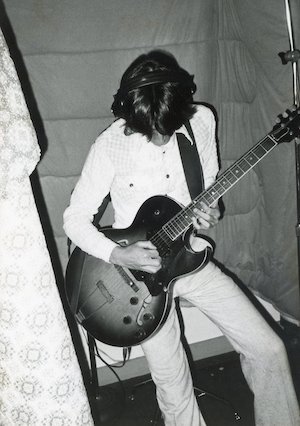
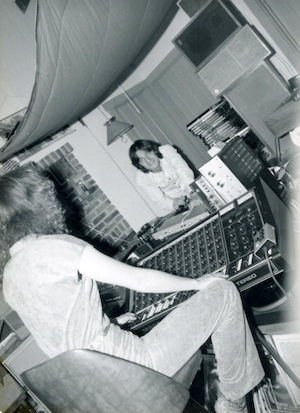
×


×


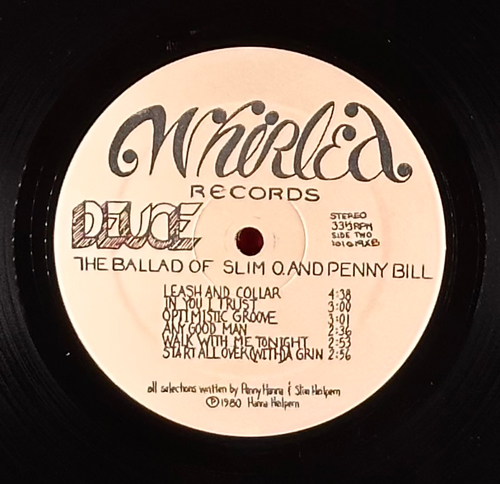
In the months leading up to the sessions in New Hampshire, we worked on the tunes and arrangements and brainstormed how we would record them. Previous attempts at multi-track recording with this equipment had led to some painful realizations:
• The Teac machines had what is called a "bump" in the low frequency range. And when combined with the DBX noise reduction on an isolated bass track it became a major bump that became even worse after bouncing and mixdown, making the bass range sound really weird (in a bad way). So one goal was to record the final bass part live during mixdown, an effective workaround for this issue.
• Those Teac machines didn't have servo motors that would have allowed for precise sync between the machines. But that didn't prevent us from attempting to manually sync the machines. Thankfully these two machines, having identical motors, did pretty well for a few minutes just starting at the same time. The idea was to maximize the number of available tracks with minimal bouncing between tracks ahead of mixdown.
• We didn't have compressors, limiters, digital delay, digital reverb, MIDI, or mix automation and had only some funky EQ on the Peavey board and a single stereo graphic equalizer.
• The Teac machines had what is called a "bump" in the low frequency range. And when combined with the DBX noise reduction on an isolated bass track it became a major bump that became even worse after bouncing and mixdown, making the bass range sound really weird (in a bad way). So one goal was to record the final bass part live during mixdown, an effective workaround for this issue.
• Those Teac machines didn't have servo motors that would have allowed for precise sync between the machines. But that didn't prevent us from attempting to manually sync the machines. Thankfully these two machines, having identical motors, did pretty well for a few minutes just starting at the same time. The idea was to maximize the number of available tracks with minimal bouncing between tracks ahead of mixdown.
• We didn't have compressors, limiters, digital delay, digital reverb, MIDI, or mix automation and had only some funky EQ on the Peavey board and a single stereo graphic equalizer.
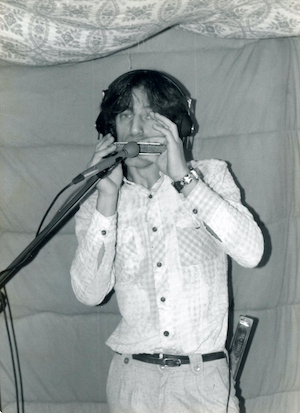
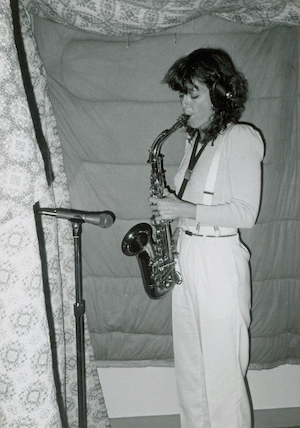
×


×


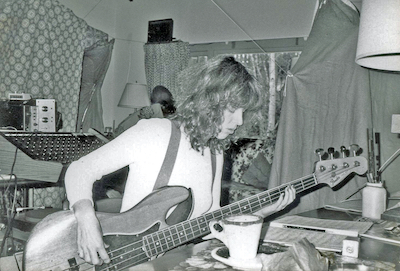
Our friend Irene stopped by and snapped these pictures
Given the above, we'd usually start on a song by recording a reference track (typically drums, bass, and guitar), bouncing things around as necessary to create a backing track for vocals and additional instruments. We'd end up with 6 actual tracks (4 on one machine, 2 on the other) containing everything except the bass. One of the 2 leftover tracks would still contain the reference track. We'd then sync those machines together — a painful process of marking a start point on each tape and then practicing hitting both start buttons at the same time, checking the sync against the reference track and adjusting those marks until we had perfect sync. After several practice attempts, we'd arm the 2 remaining tracks for recording (which would wipe out the reference track) and proceed with mixdown while Penny played the bass part live to the mix. Sounds like fun, no?
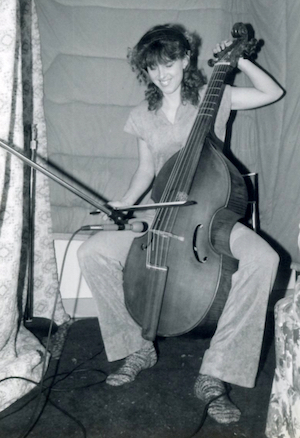
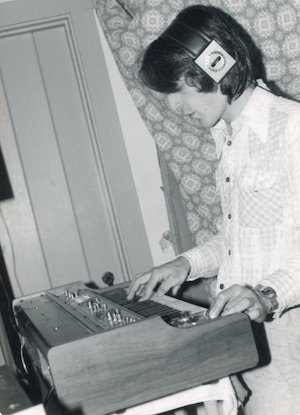
×


×


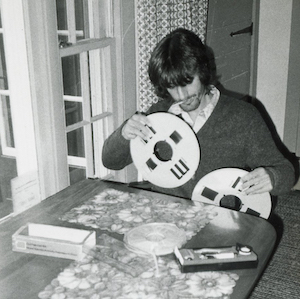
The long lost art of tape splicing
Remastering
Today's digital audio tools have revolutionized the remastering process. During remastering we were able to make up for some of the technical limitations we had back in 1980, bringing new life to these old recordings.
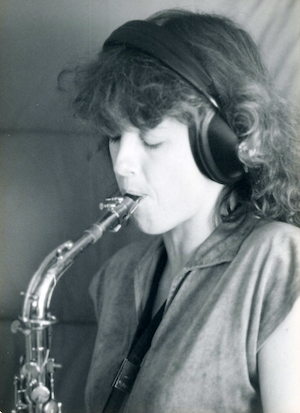
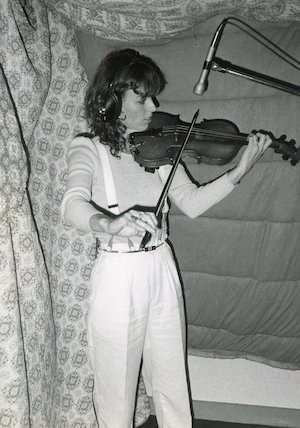
×


×


Lyrics
